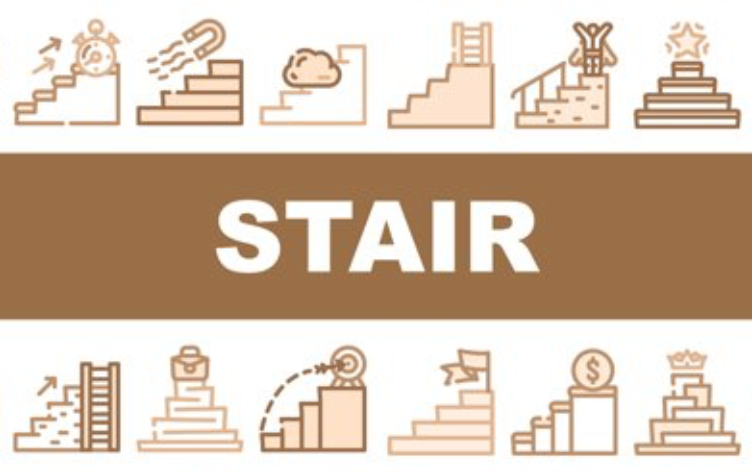Stair Header Supports
Stair Header Supports
Stair header supports play a crucial role in the construction and stability of staircases, providing essential structural support to ensure safety and longevity. These components are often overlooked, but their importance cannot be overstated when it comes to the overall integrity of a staircase. RPK Construction has extensive experience dealing with structural repairs in Pennsylvania, if you need assistance with a stair header support issue, please contact us today.
Importance of Stair Header Supports:
Stair header supports are structural elements that bear the load of the staircase, transferring the weight from the steps to the supporting structure of the building. Properly designed and installed header supports contribute to the stability and safety of the entire staircase system, preventing sagging, creaking, or potential collapse.
One of the primary functions of stair header supports is to distribute the load evenly across the structure, preventing any concentration of stress points that could compromise the integrity of the staircase. This is particularly important in high-traffic areas or buildings where staircases are subjected to heavy use.
Types of Stair Header Supports:
Stringers: Stringers are one of the most common types of stair header supports. They are long, diagonal members that run along the sides of a staircase, supporting the treads and risers. There are two main types of stringers: closed and open. Closed stringers have a solid, enclosed design, while open stringers have a notched or cutout design, often for aesthetic purposes.
Joists: Joists are horizontal framing members that support the treads and risers. They are typically installed perpendicular to the direction of the staircase and help distribute the load evenly. The size and spacing of the joists depend on factors such as the expected load, building codes, and the materials used in construction.
Carriage: Carriages, also known as horse carriages, are another type of stair header support. They are typically used in curved staircases and provide support for the treads and risers. Carriages are often intricately designed to match the aesthetic of the staircase, adding both structural support and visual appeal.
Considerations in Design and Installation:
Material Selection: The choice of materials for stair header supports is crucial in determining the overall strength and durability of the staircase. Common materials include wood, steel, and aluminum.
The material selected should be compatible with the design and load-bearing requirements of the staircase.
Load-Bearing Capacity: Determining the expected load on the staircase is essential in designing appropriate header supports. Factors such as building occupancy, the weight of furniture, and anticipated foot traffic should be considered. Calculations for load-bearing capacity must comply with building codes to ensure safety and regulatory compliance.
Attachment and Connection: Proper attachment and connection of stair header supports to the building structure are critical for stability. This involves secure fastening to walls, beams, or columns to prevent any movement or shifting. Depending on the type of support used, connections may involve brackets, hangers, or direct attachment methods.
Code Compliance: Adherence to building codes and regulations is paramount in stair design and construction. Codes provide guidelines on dimensions, materials, and load capacities to ensure that staircases meet safety standards. Compliance with these codes not only ensures safety but also facilitates the approval process during inspections.
Aesthetic Considerations: While the primary function of stair header supports is structural, their design can also contribute to the overall aesthetics of the staircase. Thoughtful design choices can enhance the visual appeal of the staircase and complement the architectural style of the building.
Contact The Stair Header Support Experts
Stair header supports are integral components of staircase construction, providing the necessary structural support for safety and stability. Designing and installing these supports require careful consideration of materials, load-bearing capacities, and adherence to building codes. By paying attention to these details, builders can create staircases that not only serve their functional purpose but also contribute to the visual and architectural character of the space they occupy.

